Martin’s Cove, Natrona County, Wyoming
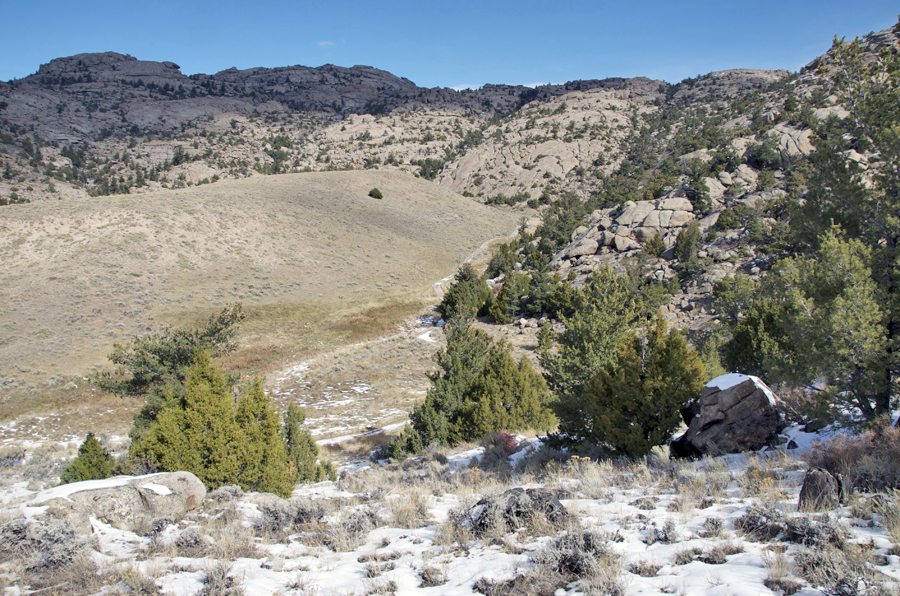
The first handcart company left Iowa City, Iowa on June 9, 1856 for the Salt Lake Valley. That year, four additional handcart companies would traverse the difficult trail on foot. The fourth company, led by James G. Willie, left on July 15, 1856 and the last company, led by Edward Martin, left on July 28, 1856.1
Although the two companies that left before reached Salt Lake City without incident, Willie and Martin companies left later in the season and suffered tremendous hardships. Jens Neilson, a member of the Willie Handcart Company explained that “No person can describe it, nor could it be comprehended or understood by any human living in this life, but those who were called to pass through it.”2
Leaving so late in the season put the companies at a considerable disadvantage. On October 1 the Willie company arrived at Fort Laramie, but supplies they had hoped for to be left by Franklin D. Richards were not there. They had also suffered a serious loss of a number of oxen which they were unable to replenish there.3 Hunger, fatigue, and worsening weather conditions each contributed to the grave situation the Saints found themselves in. Upon reaching Salt Lake City on October 4, President Richards alerted Brigham Young to the companies’ situation. A rescue party was organized and left three days later to give relief and aid. However, they would not reach the Willie company for three weeks.
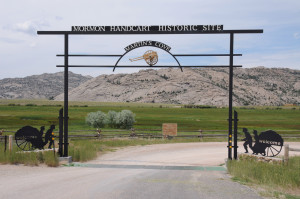
To make matters worse, while at Deer Creek, members of the Martin company made an unfortunate mistake. To lighten the loads which they were forced to pull, the allowed weight for each handcart was reduced and blankets and other clothing was burned or discarded. Then on Sunday, October 19, a severe winter storm passed through the region bringing the situation of the handcart companies to the breaking point. The Martin company had just crossed the Platte River, and hypothermia took many victims. When the advance party had reached them, 56 had already perished and many more would lose their lives.4
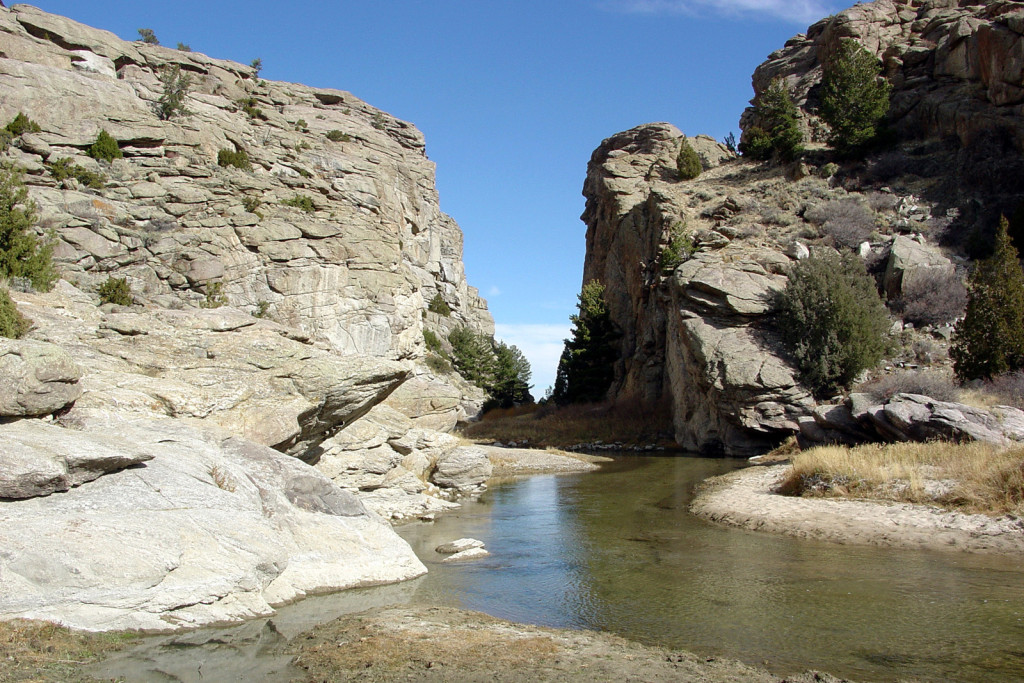
After passing through Rattlesnake Pass near Devil’s Gate, the Martin company was forced to cross the Sweetwater River where four young men who were members of the rescue party carried people across the ice cold river. Afterwards they settled into Martin’s Cove to find shelter from the wind. However, several individuals died from exposure in the cove as well. The rest of the rescue party reached them and the finally came into the Salt Lake Valley between November 30 and December 15. In total, 177 individuals lost their lives from the Willie and Martin handcart companies.5 Though they passed through tremendous difficulty, those that survived were ever true and faithful to the gospel. One man who traveled in the Martin Compnay described that ” wecame through with the absolute knowledge that God lives for we became acquainted with him in our extremities.”6
SOURCES
1 Andrew Jenson, Encyclopedic History of The Church of Jesus Christ of Latter-day Saints (Salt Lake City: Deseret News Publishing Co., 1941), 314.
2 Susan Arrington Madsen, I Walked to Zion: True Stories of Young Pioneers on the Mormon Trail (Salt Lake City: Deseret Book Co., 1994), 37.
3 Howard A. Christy, “Weather, Disaster, and Responsibility: An Essay on the Willie and Martin Handcart Story,” (BYU Studies 1997-98) 37:1:6.
4 Ibid, 40.
5 Ibid, 51.
6 Our Heritage, A Brief History of The Church of Jesus Christ of Latter-day Saints, (Salt Lake City: The Church of Jesus Christ of Latter-day Saints, 1995), 78.
Map & Directions
Hours of Operation:
Summer
9:00 AM to 9:00 PM
Winter
9:00 AM to 4:00 PM
Admission: Free
Ownership Status
Martin’s Cove, one of several Mormon Handcart Historic Sites, occupies some land owned by the United States Government. It is operated as a Church Historic Site by The Church of Jesus Christ of Latter-day Saints. It is open to the public with no admission charge.
Photos
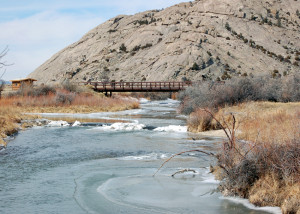
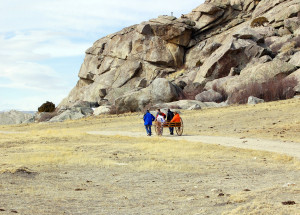
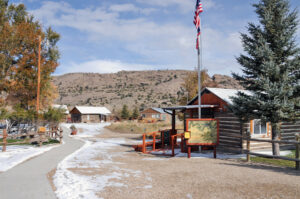
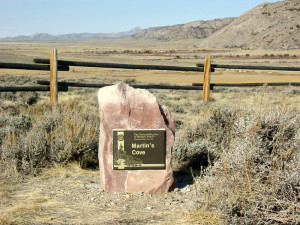
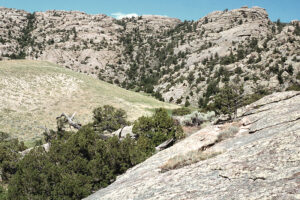
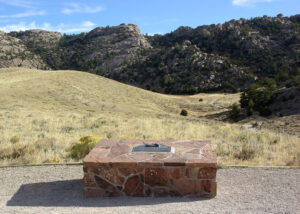
Articles & Resources
Various Accounts at Martin's Cove
Author(s): Patience Loader, Elizabeth Sermon
Type: First-person accounts
Source(s): Stewart E. Glazer & Robert S. Clark, eds., Journal of the Trail (Salt Lake City, Utah: 1996), 97-101, 103-107.
The passage of the Sweetwater at this point was a severe operation to many of the company. It was the worst river crossing of the expedition and the last.The water was not less than two feet deep, perhaps a little more in the deepest parts, but it was intensely cold. The ice was three or four inches…
Additional Reading Resources
“Remembering the Rescue,” Ensign, Aug. 1997, 38.
Susan Easton Black, Members of the Willie and Martin Handcart Companies of 1856: A Sesquicentennial Remembrance, (Provo, UT: Susan Easton Black, 1980).
Kate B. Carter, Comp., “The Handcart Pioneers,” Treasures of Pioneer History, 1956, Vol. 5, 229-96.
Stewart E. Glazier and Robert S. Clark, Journal of the Trail, (Salt Lake City, 2005).
Walter R. Haefele, “The Rescue of the Handcart Pioneers,” American West, December 1989, Vol. 26.
Leroy R. Hafen, “Handcarts to Utah, 1856-1860,” Utah Historical Quarterly, October 1956, Vol. 24, 309-17.
Leroy R. Hafen, “Handcarts to Zion: The Story of a Unique Western Migration, 1856-1860,” The Far West and the Rockies Historical Series, Vol. 14, (Glendale, CA: Arthur H. Clark, 1960).
William G. Hartley, “Mormons and Early Iowa History (1838-1858): Eight Distinct Connections,” Annals of Iowa, Summer 2000, Vol. 59.
Lynne Watkins Jorgensen, “The Martin Handcart Disaster: The London Participants,” Journal of Mormon History, Fall 1995, Vol. 21, 171-200.
Robin B. Lambert, “Walking on Hallowed Ground,” Friend, May 1998, 9.
Gustive O. Larson, “The Handcarts of ’56,” Improvement Era, July & August 1956, Vol. 69.
Carol Cornwall Madsen, “Journey to Zion: Voices from the Mormon Trail,” (Salt Lake City: Deseret Book, 1997).
Paul H. Peterson, “They Came by Handcart,” Ensign, August 1997, Vol.27, 30-37.
Riverton Wyoming Stake, The Church of Jesus Christ of Latter-day Saints, Comp., Remember: The Willie and Martin Handcart Companies and Their Rescuers–Past and Present, (Salt Lake City: Publishers Press, 1997).
